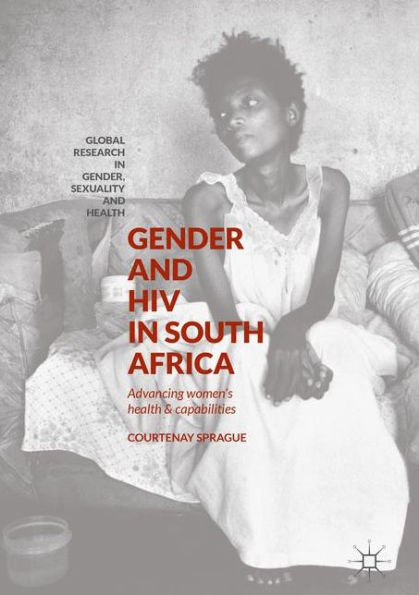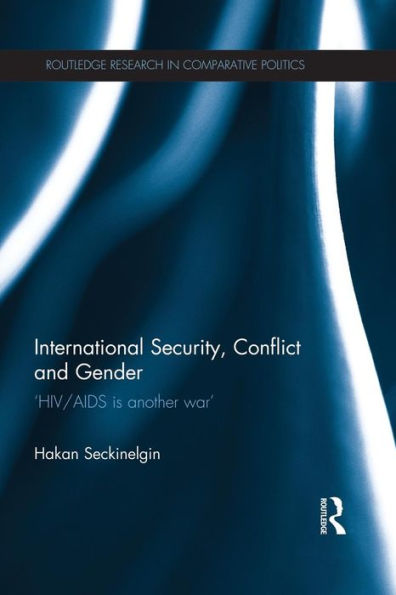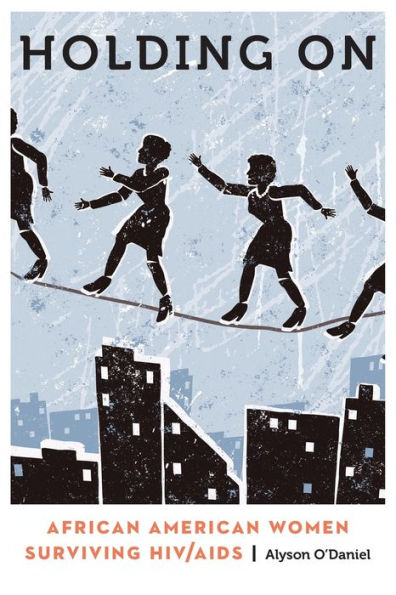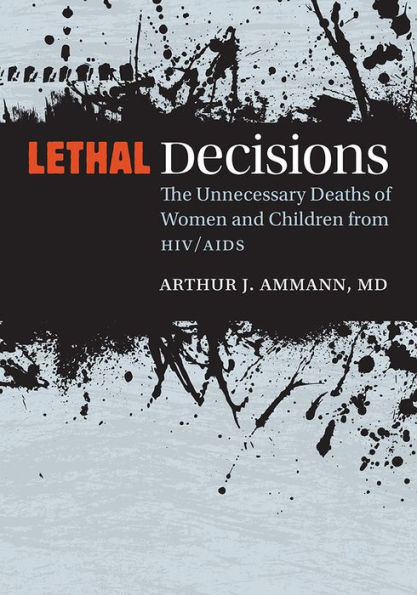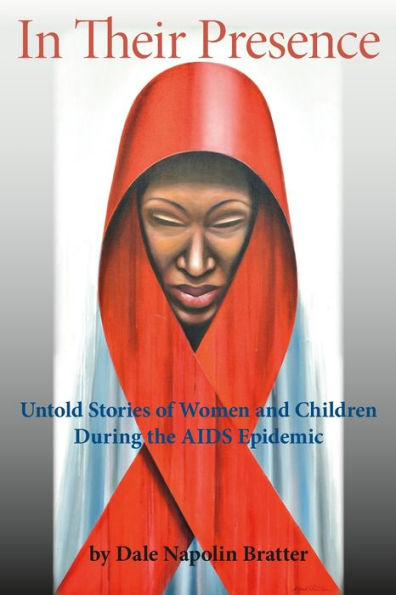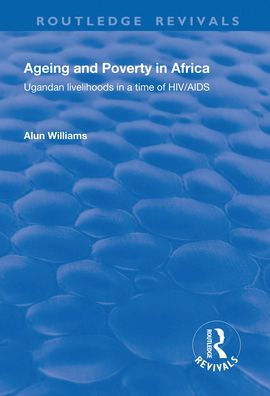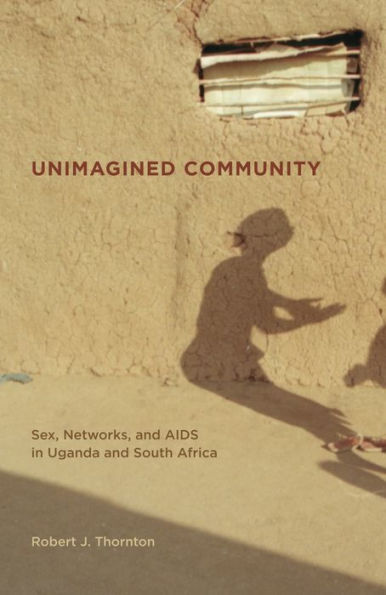Home
Strong Women, Dangerous Times: Gender and HIV/AIDS in Africa
Barnes and Noble
Strong Women, Dangerous Times: Gender and HIV/AIDS in Africa
Current price: $79.00
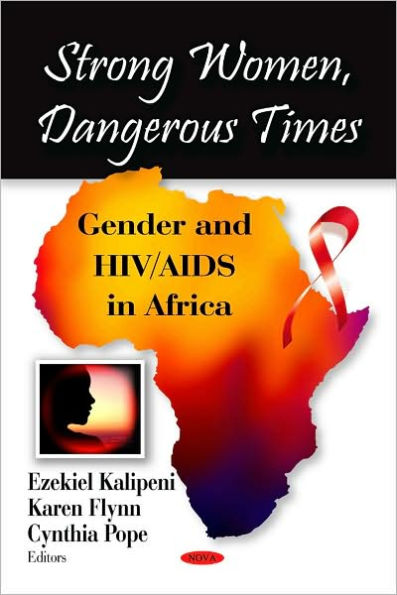

Barnes and Noble
Strong Women, Dangerous Times: Gender and HIV/AIDS in Africa
Current price: $79.00
Size: OS
Loading Inventory...
*Product information may vary - to confirm product availability, pricing, shipping and return information please contact Barnes and Noble
HIV/AIDS is holding firm as one of the worst diseases in history and the leading cause of death in sub-Saharan Africa. This collection of essays shares various case studies from sub-Saharan Africa and one from the African Diaspora that demonstrate how multi-faceted women's lives, and thus their HIV risk, are. Notwithstanding women's marginalization, the essays in this volume maintain that women in Africa are not merely puppets of globalization, cultural norms, or biological imperatives, but rather agents in their own livelihoods. In each case we see women presented with many challenges that they must navigate in order to mitigate their HIV risk. Some of the most trying challenges are based on economic and political structures that occur at various scales, from the global to the household. While structural factors are indeed important, the authors in this volume also show that traditional norms, cultural beliefs, and gender roles are equally necessary to consider when planning HIV prevention programs. Gender disempowerment is of particular importance, as it is seen in all of these case studies. In order for the HIV epidemic to dissipate in sub-Saharan Africa, prevention programs that truly understand the local circumstances and strive for gender equality must be instituted immediately and broadly.The book is divided into three parts, each concentrating on a different aspect of women and HIV/AIDS in sub-Saharan Africa. The first part provides case studies of the social, political, economic, cultural, and geographic dynamics that play into women's and girls' risk for the virus. The second part transitions into case studies of prevention, concentrating on condom use. The chapters in the final section expand on Part II by highlighting other ways of promoting HIV/AIDS awareness and prevention across the region. In short, the papers in this volume highlight the complicated decision making processes that women in countries of sub-Saharan Af
